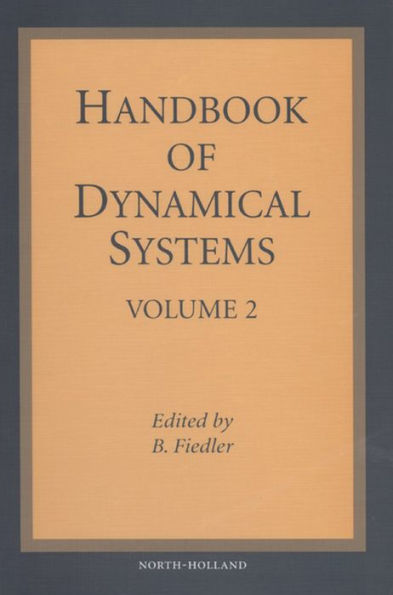The eighteen surveys collected here do not aspire to encyclopedic completeness, but present selected paradigms. The surveys are grouped into those emphasizing finite-dimensional methods, numerics, topological methods, and partial differential equations. Application areas include the dynamics of neural networks, fluid flows, nonlinear optics, and many others.
While the survey articles can be read independently, they deeply share recurrent themes from dynamical systems. Attractors, bifurcations, center manifolds, dimension reduction, ergodicity, homoclinicity, hyperbolicity, invariant and inertial manifolds, normal forms, recurrence, shift dynamics, stability, to namejust a few, are ubiquitous dynamical concepts throughout the articles.
The eighteen surveys collected here do not aspire to encyclopedic completeness, but present selected paradigms. The surveys are grouped into those emphasizing finite-dimensional methods, numerics, topological methods, and partial differential equations. Application areas include the dynamics of neural networks, fluid flows, nonlinear optics, and many others.
While the survey articles can be read independently, they deeply share recurrent themes from dynamical systems. Attractors, bifurcations, center manifolds, dimension reduction, ergodicity, homoclinicity, hyperbolicity, invariant and inertial manifolds, normal forms, recurrence, shift dynamics, stability, to namejust a few, are ubiquitous dynamical concepts throughout the articles.

Handbook of Dynamical Systems
1098
Handbook of Dynamical Systems
1098
Product Details
| ISBN-13: | 9780080532844 |
|---|---|
| Publisher: | Elsevier Science |
| Publication date: | 02/21/2002 |
| Series: | ISSN , #2 |
| Sold by: | Barnes & Noble |
| Format: | eBook |
| Pages: | 1098 |
| File size: | 23 MB |
| Note: | This product may take a few minutes to download. |
